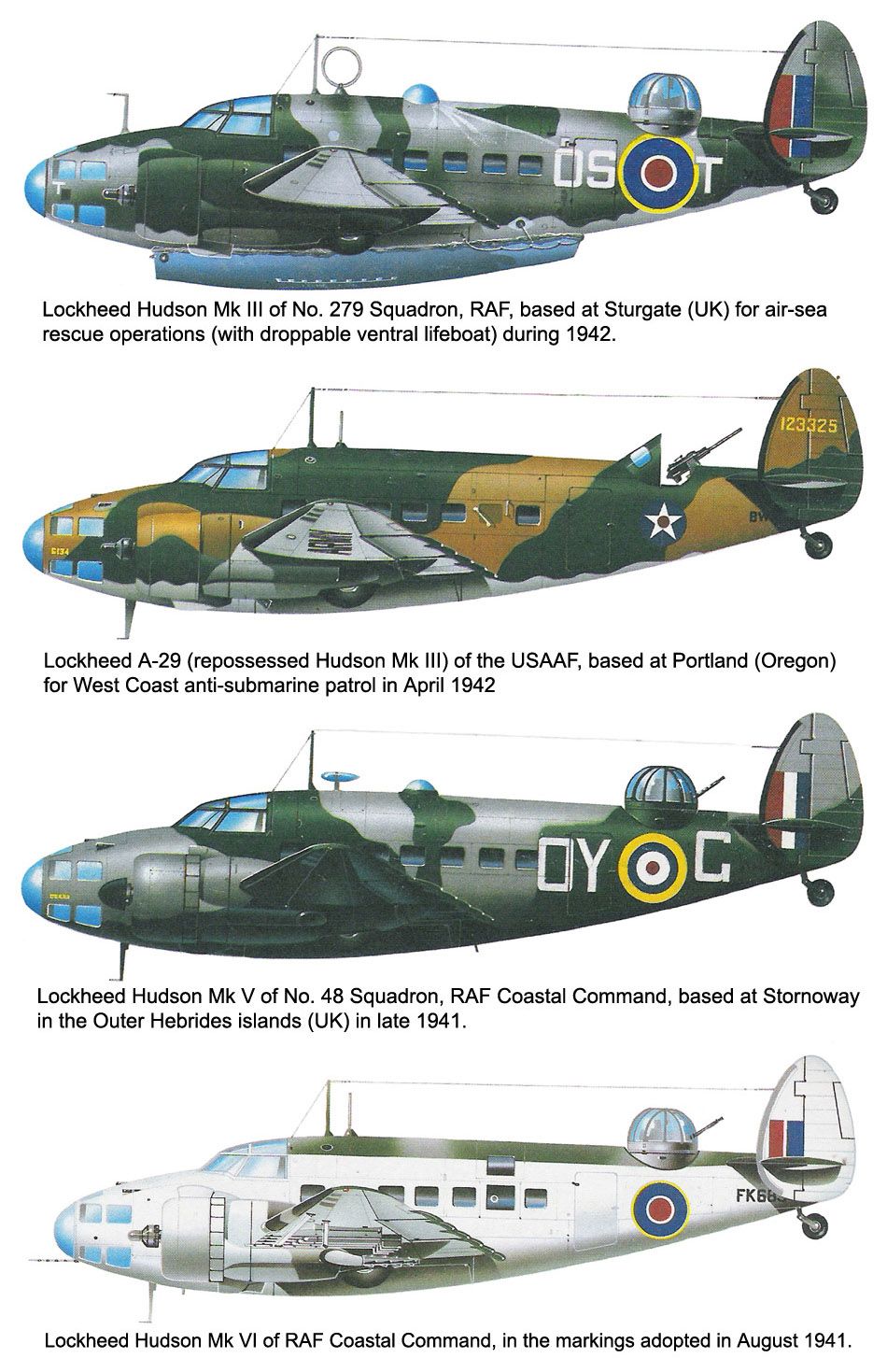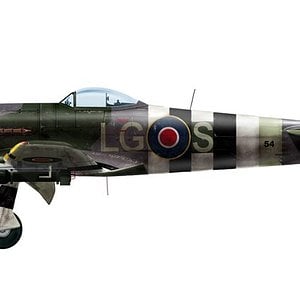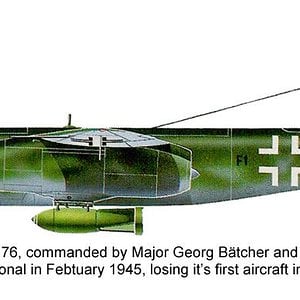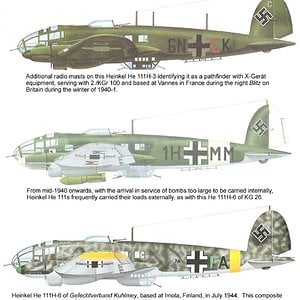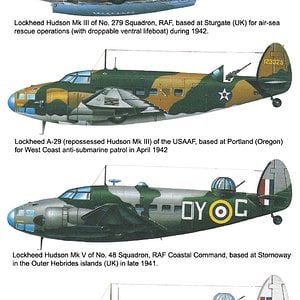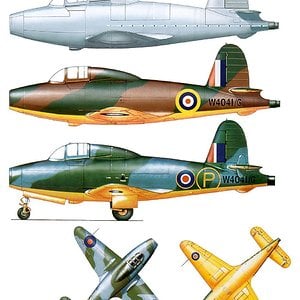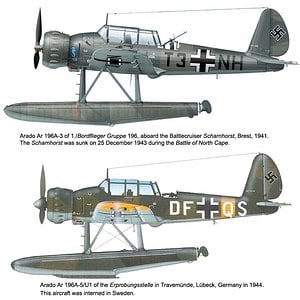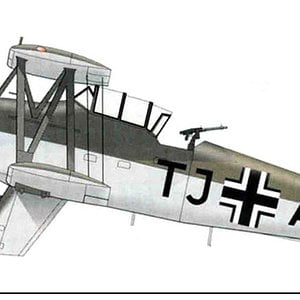Navigation
Install the app
How to install the app on iOS
Follow along with the video below to see how to install our site as a web app on your home screen.
Note: This feature may not be available in some browsers.
More options
You are using an out of date browser. It may not display this or other websites correctly.
You should upgrade or use an alternative browser.
You should upgrade or use an alternative browser.
In 1938, the British Purchasing Commission sought an American maritime patrol aircraft for the United Kingdom to support the Avro Anson. On 10 December, 1938, Lockheed demonstrated a modified version of the Lockheed L-14 Super Electra commercial airliner, which swiftly went into production as the Hudson Mk I. By February 1939, Hudsons began to be delivered, initially equipping No. 224 Squadron RAF at RAF Leuchars, Scotland in May 1939. By the start of the war in September, 78 Hudsons were in service.
Although later outclassed by larger bombers, the Hudson achieved some significant feats during the first half of the war. On 8 October 1939, over Jutland, a Hudson became the first RAF aircraft to shoot down a German aircraft. (The first British aircraft to shoot down a German plane was a Blackburn Skua of the Fleet Air Arm on 26 September 1939.) They operated as fighters during the Battle of Dunkirk. A PBO-1 Hudson of US Navy squadron VP-82 became the first US aircraft to destroy a German submarine [1] when it sank U-656 southwest of Newfoundland on 1 March 1942. A Hudson of Royal Canadian Air Force Bomber Reconnaissance Squadron 113 became the first aircraft of RCAF's Eastern Air Command to sink a submarine, when Hudson 625 sank U-754 on 31 July 1942.
In 1941, the USAAF began operating the Hudson; the Twin Wasp-powered variant was designated the A-28 (82 acquired) and the Cyclone-powered variant was designated the A-29 (418 acquired). The US Navy operated 20 A-28s, redesignated the PBO-1. A further 300 were built as aircrew trainers, designated the AT-18.
A total of 2,584 Hudsons were built. They began to be withdrawn from front line service in 1944.
The type formed the basis for development of the Lockheed Ventura.
Source:
Info: Wikipedia
http://en.wikipedia.org/wiki/Lockheed_Hudson
Profile: American Aircraft of World War II
Published by Chancellor Press.
Although later outclassed by larger bombers, the Hudson achieved some significant feats during the first half of the war. On 8 October 1939, over Jutland, a Hudson became the first RAF aircraft to shoot down a German aircraft. (The first British aircraft to shoot down a German plane was a Blackburn Skua of the Fleet Air Arm on 26 September 1939.) They operated as fighters during the Battle of Dunkirk. A PBO-1 Hudson of US Navy squadron VP-82 became the first US aircraft to destroy a German submarine [1] when it sank U-656 southwest of Newfoundland on 1 March 1942. A Hudson of Royal Canadian Air Force Bomber Reconnaissance Squadron 113 became the first aircraft of RCAF's Eastern Air Command to sink a submarine, when Hudson 625 sank U-754 on 31 July 1942.
In 1941, the USAAF began operating the Hudson; the Twin Wasp-powered variant was designated the A-28 (82 acquired) and the Cyclone-powered variant was designated the A-29 (418 acquired). The US Navy operated 20 A-28s, redesignated the PBO-1. A further 300 were built as aircrew trainers, designated the AT-18.
A total of 2,584 Hudsons were built. They began to be withdrawn from front line service in 1944.
The type formed the basis for development of the Lockheed Ventura.
Source:
Info: Wikipedia
http://en.wikipedia.org/wiki/Lockheed_Hudson
Profile: American Aircraft of World War II
Published by Chancellor Press.

